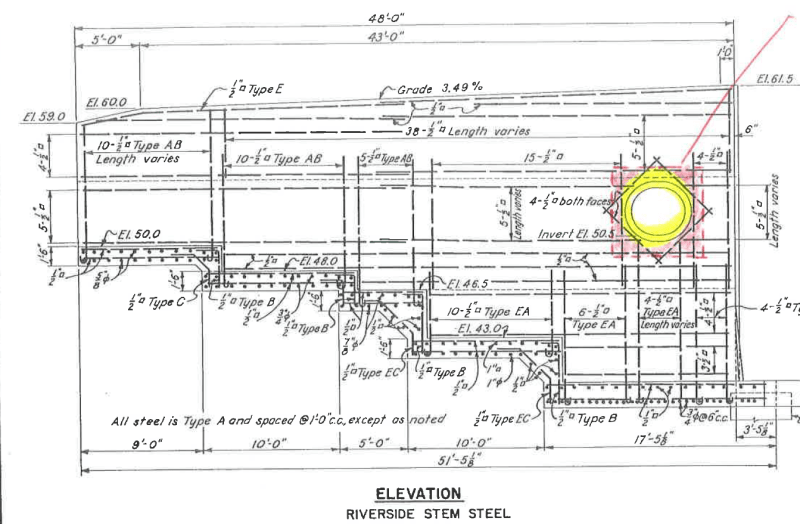justhumm
Structural
- May 2, 2003
- 112
I've run into this before, so I should know it, but I'm drawing a blank...
For a 1940's retaining wall drawing, some of the bars are called out as 3/4" diameter (phi), for example.
And some of the bars are called out as 1/2" "square".
In 1940, were they still using actual square bars? If so, would they have likely been twisted?
Thanks!

For a 1940's retaining wall drawing, some of the bars are called out as 3/4" diameter (phi), for example.
And some of the bars are called out as 1/2" "square".
In 1940, were they still using actual square bars? If so, would they have likely been twisted?
Thanks!


![[lol] [lol] [lol]](/data/assets/smilies/lol.gif)